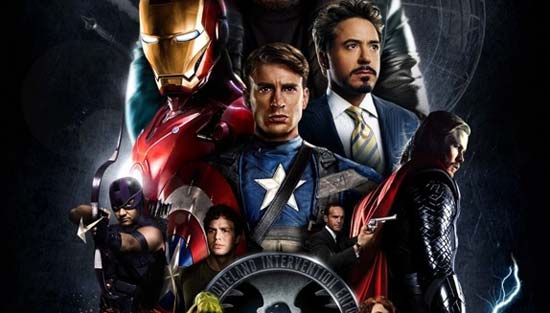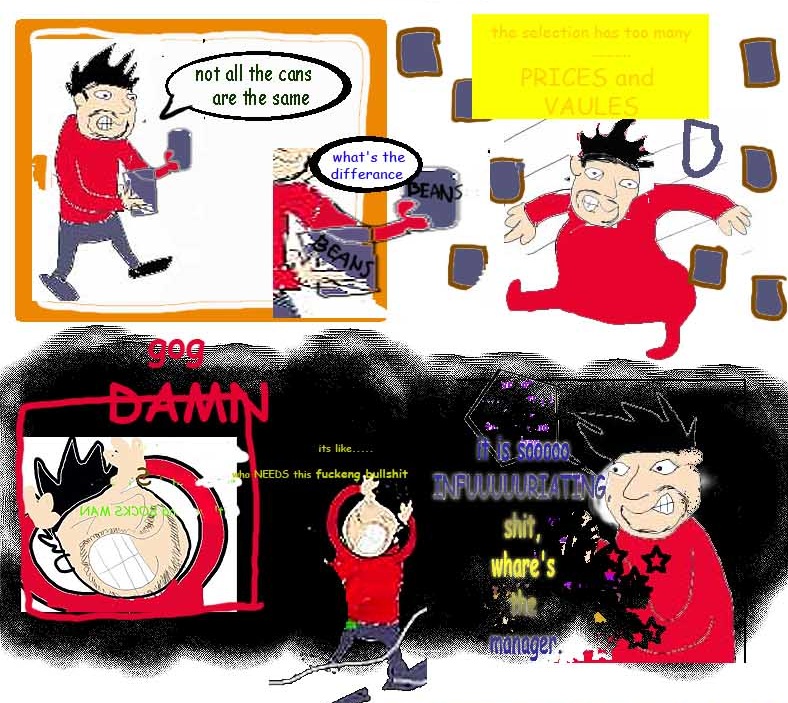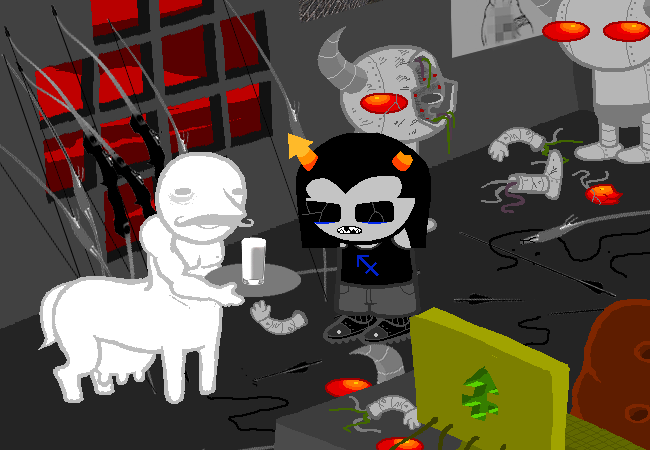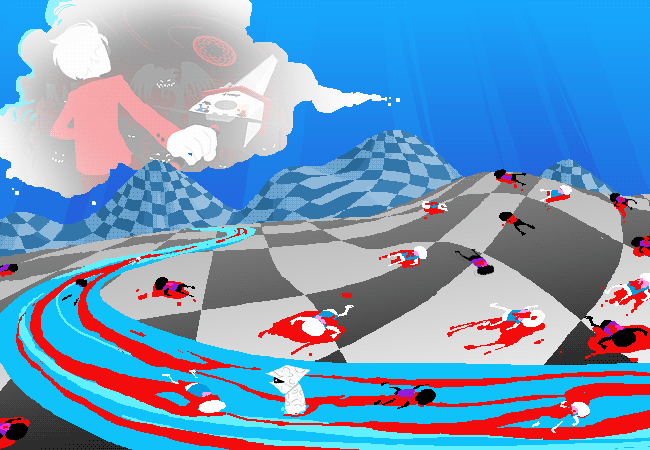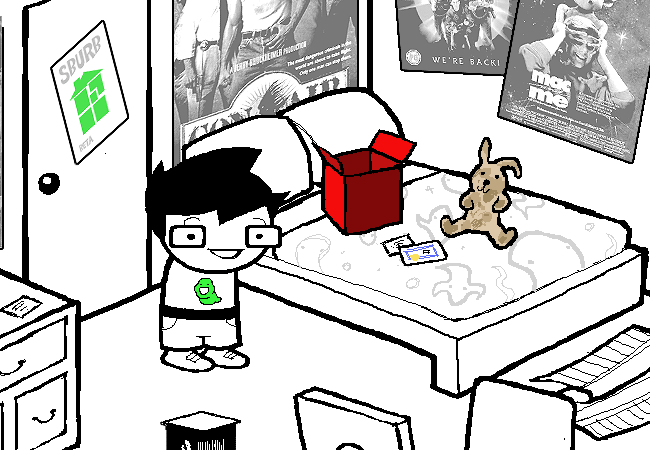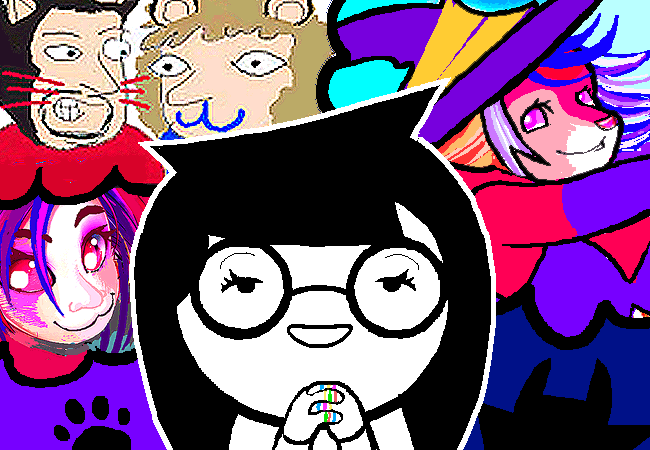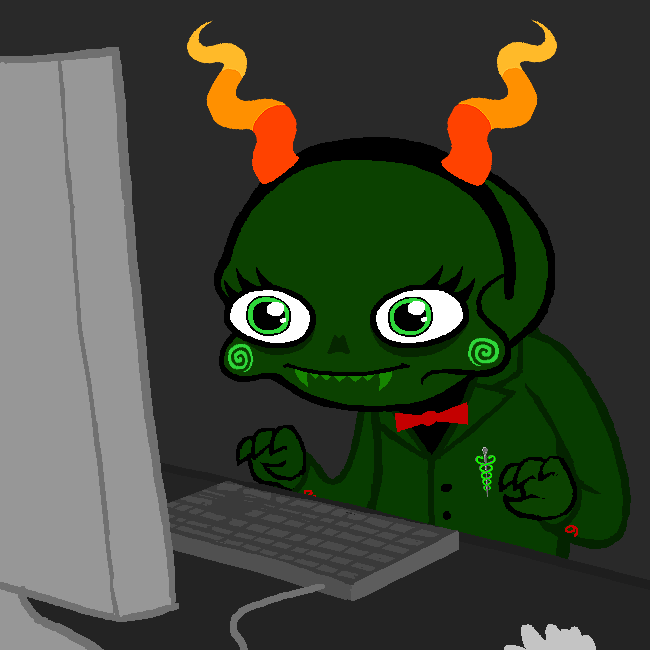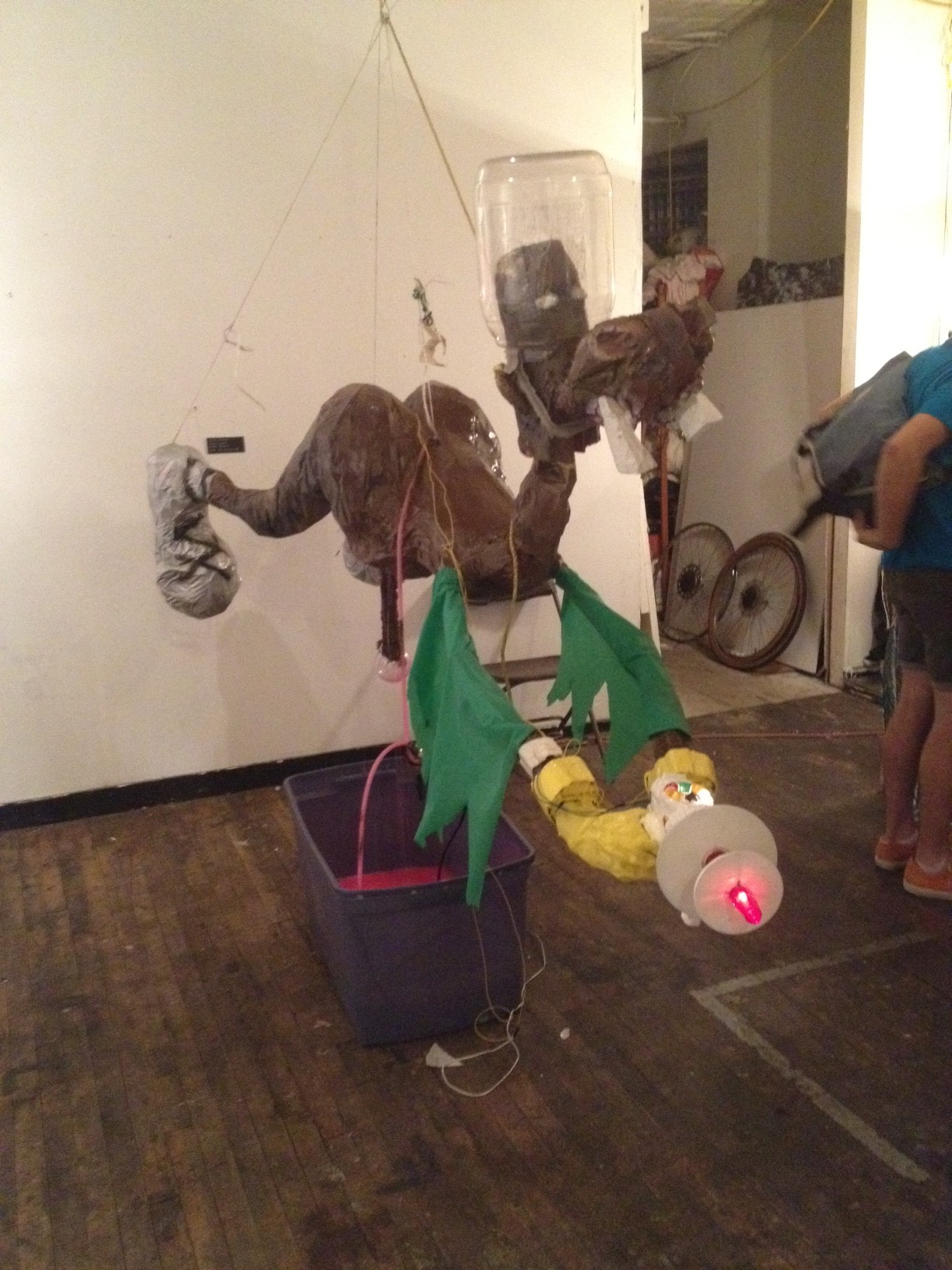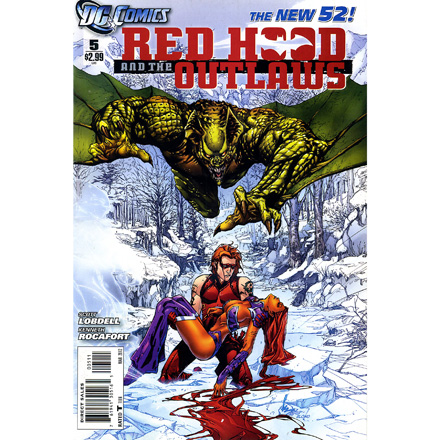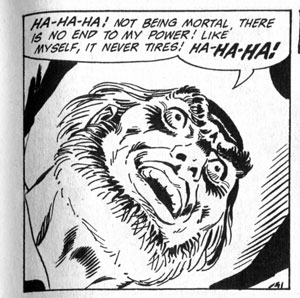Editor’s Note by Noah: Ben originally wrote this on a thread at the Comics-Scholars listserv in response to what he called “the banal, tendentious, flat-footed, and largely comics-ignorant commentary of Manohla Dargis and AO Scott. I asked to reprint Ben’s piece here, and he kindly agreed. With his permission, I’ve edited his piece slightly so it can stand alone without confusing references to a conversation we’re unable to reprint in full. I’ve included ellipses to show where I’ve made deletions.)
_____________________
…as someone who can enjoy some superhero comics and films, and who can even find things to admire and teach in the work of superhero comic-book creators from the 1930s to the present, I have a mixed reaction to the (very common) ideological critiques of this material – that is, critiques that focus on the supposed racism, nationalism, and sexism of the genre.
Depending on the degree of intellectual subtlety and rhetorical talent of the critic, I can find such responses stimulating, informative, educational, and provocative; but I can also find them reductive, repetitive, self-righteous, and (occasionally) no less ideologically dubious than the material purportedly being “critiqued”. Most often, though, I just find ideology critique boring.
To be clear: I am entirely persuaded that the superhero genre as a whole is vulnerable to critiques in term of racism, nationalism, and sexism.
So is the genre of the Western. So is the Crime/Noir genre (in fact, I would say the problem of misogyny is far more fundamental to the crime genre as a whole than it is to the superhero genre; and I like a lot of crime/noir stuff, too). So is the SF genre. (Any Robert Heinlein readers out there?) So is the Romance genre. And on, and on, and on.
My point is NOT that “all these genres can be politically problematic, so why pick on superheroes.” (Although an honest, aesthetically searching discussion of why different genres at different times get cut all sorts of critical and ideological slack, while other get dismissed on such grounds – well, that might be worth reading.)
My point is rather that ideological critique can only take us so far. It tends to proceed as if works of art (or acts of representation, if you prefer) are best judged in terms of their political content and efficacy. In other words, the (generally unspoken) assumption of such criticism is that politics should serve as the primary evaluative yardstick by which the “success” or “failure” of a work of art (or act of representation) can be measured.
I happen to disagree, strongly, with this assumption (although that does not mean that I do not have an interest in and cannot learn from or do not sometimes practice ideology critique!).
One serious problem with the “superhero movies are racist, nationalist, sexist” arguments (and I use the term advisedly) of Dargis and Scott is that it insults those members of the audience who consider themselves to be anti-racist, anti-nationalist, and anti-sexist. I would number myself in that crowd.
And do I really need to add that there are in fact quite a lot of women, people-of-colour, and non-Americans, who enjoy superhero fantasies? How are they supposed to respond to the “arguments” of Dargis and Scott? “Oh my, you are so right! What a fool I have been for enjoying the propagandist “entertainments” of my oppressors! Would you please supply me with a list of approved movies and books so that I may become as enlightened as a New York Times journalist – for surely there is no one wiser or kinder on God’s green Earth!”
I suppose one could make some argument about false consciousness in order to “explain” the phenomenon of, say, a woman-of-colour who just enjoyed the heck out of, say, The Avengers. But personally I find such arguments deeply patronizing, and self-evidently inadequate.
A more productive line of reasoning (to my mind) would be to ask what it is about superhero fantasies that attracts so many people (across lines of race, gender, and generation), DESPITE the ideologically troubling aspects of many of those fantasies.
Isn’t it possible – just possible – that there is something genuinely emotionally compelling and even aesthetically powerful about the best examples of this genre? (Just as there is about the best examples of the Western, the Crime genre, the Romance genre, and so on?) Isn’t it possible – just possible – that sometimes people are responding to those compelling and aesthetically powerful aspects of these narratives (and not just, say, giving in to their inner fascist)?
It might also be worth pointing out that it is possible to be aware of the ideologically poisonous aspects of an art work (or act of representation) such as, say, Shakespeare’s The Merchant of Venice or (to take a more recent and perhaps even more disturbing example), The Birth of A Nation, while also considering those artworks important enough to be worth teaching, and even defending in terms other than the political.
And BTW, I don’t find a movie like The Avengers to be anywhere near as troubling as D W Griffith’s racist version of history, or even Shakespeare’s The Merchant. I’m not arguing for some sort of equivalence between these texts – I’m arguing that ideology critique is, at best, an opening move, in critical terms. To my mind, you have to have more things to say about a movie or book than “it’s racist/sexist/homophobic” if you are really engaging with it as a professional critic. Of course, you don’t HAVE to engage with any text critically if you don’t feel like it or think it’s worth it. But if you aren’t engaging in that way, don’t pretend that you are.
Scott and Dargis, I submit, fail this basic test of critical engagement when it comes to the superhero genre… Scott and Dargis just come off as art-movie-snobs, and their attitude is all too lazily familiar. But hey, we already knew that the NYTimes doesn’t have much of a clue about pop culture. This is the same NYTimes that just criticized Comic Con for being too serious, after all. (And they say superhero movies are stupid and incoherent!)
For those of you who might be interested, I’ve found Jonathan Dollimore’s book, SEX, LITERATURE & CENSORSHIP to be very smart and useful when it comes to parsing out the vexed relationship between aesthetics and politics – and in moving beyond the more knee-jerk tendencies of ideology critique. Dollimore’s work is definitely somewhere in the back of my mind as I write all this, and it seems appropriate to give him a nod.

